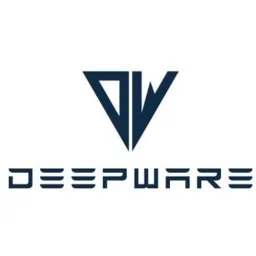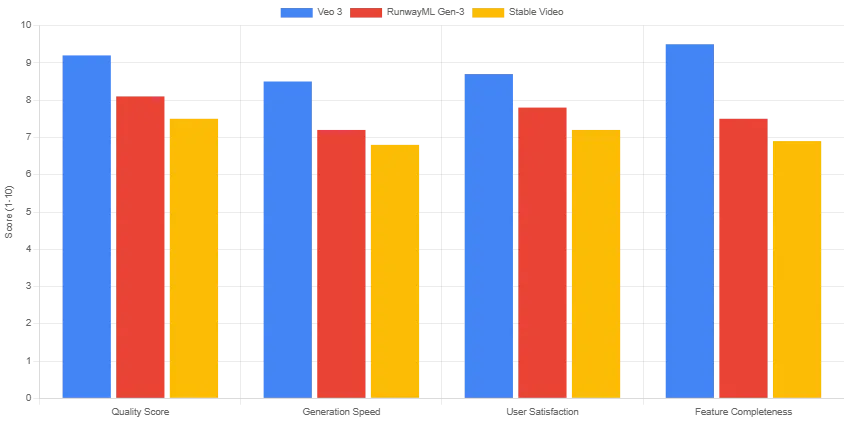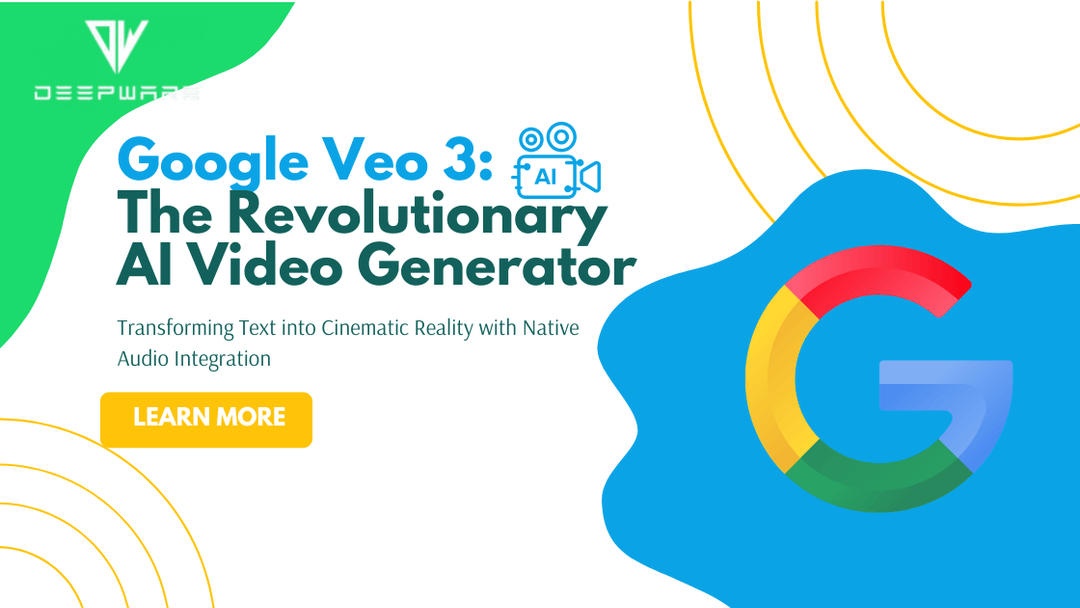The shift is undeniable: customers are abandoning phone support in favor of chat interactions. And for ecommerce businesses, this isn't just a customer service trend—it's a sales revolution that's quietly transforming how revenue gets generated.
The Data Behind the Shift
The numbers tell a clear story about customer communication preferences:
- Microsoft's 2024 Global State of Customer Service Report: 75% of customers prefer digital channels over phone support
- Zendesk's Customer Experience Trends Report: Live chat has a 73% satisfaction rate compared to 61% for phone support
- HubSpot Research: 90% of customers rate an immediate response as important or very important when they have customer service questions
- Salesforce State of Service Report: Chat interactions resolve 42% faster than phone calls on average
But here's where it gets interesting for sales: Forrester Research found that chat-assisted purchases have 2.8x higher conversion rates than unassisted browsing sessions.
Real Companies, Real Results
H&M's Chat Revolution
The Implementation: H&M implemented AI chatbots across their global ecommerce platform in 2022.
The Results:
- 67% reduction in customer service call volume
- 35% increase in conversion rates for customers who used chat
- Average order value increased by 23% for chat-assisted purchases
- Customer satisfaction scores improved from 3.2 to 4.1 out of 5
Why it worked: H&M's chatbot could instantly check inventory across all locations, suggest alternatives when items were out of stock, and provide styling advice—something that would take multiple phone transfers to accomplish.
Sephora's Beauty Bot Success
The Numbers: Since launching their chatbot on Facebook Messenger and their website:
- 80% of customer inquiries are now handled via chat instead of phone
- 11% increase in sales attributed directly to chatbot interactions
- 40% reduction in average customer service response time
- $2.4 million additional revenue in the first year from chat-driven sales
The Secret: Sephora's bot provides personalized product recommendations based on skin tone, concerns, and preferences—creating a consultative sales experience that phone support couldn't match at scale.
Pizza Hut's Ordering Evolution
Before vs. After Data:
- Phone orders: Average 8-minute call time, 73% completion rate
- Chat orders: Average 2.5-minute interaction, 94% completion rate
- Revenue impact: 15% increase in average order value through chat-based upselling
- Customer retention: 23% higher for customers who used chat vs. phone
Shopify's Merchant Success Stories
According to Shopify's 2023 Commerce Report, merchants using their integrated chat tools saw:
- 67% faster customer response times
- 31% higher conversion rates compared to stores without chat
- Average order value increase of 18% for chat-assisted purchases
- Customer lifetime value boost of 25%
Why Chat Converts Better: The Psychology and Practicality
Instant Gratification Drives Action
Research from Aberdeen Group shows that companies with live chat see:
- 48% higher revenue per chat hour
- 40% higher conversion rates
- 3x more likely to convert visitors
Lower Friction = Higher Sales
MIT Sloan research on digital customer behavior found that reducing interaction friction by just one step increases conversion probability by 7%. Chat eliminates multiple friction points:
- No hold times
- No need to repeat information
- Visual product recommendations with clickable links
- Ability to multitask while getting help
Industry-Specific Impact Data
Fashion/Apparel
- ASOS: 28% of customers who chat make a purchase within 24 hours vs. 12% of phone callers
- Nordstrom: Chat interactions lead to 23% higher average order values
- Zara: 65% reduction in cart abandonment when chat support is available during checkout
Electronics/Tech
- Best Buy: Customers who use chat are 3.2x more likely to purchase extended warranties
- Apple Store online: Chat users spend 31% more per transaction than phone support users
- Newegg: 89% of technical support chats result in completed purchases vs. 67% of phone calls
Home/Garden
- Home Depot: DIY project consultations via chat lead to 42% higher basket values
- Wayfair: Room design chat sessions convert at 67% vs. 23% for unassisted browsing
- Lowe's: Chat-assisted purchases average 2.1 additional items per order
The Revenue Multiplication Effect
Real Case Study: Athletic Apparel Brand
Company: Mid-size athletic wear retailer (Annual revenue: $50M)
Implementation Timeline: 6-month rollout of comprehensive chat system
Measurable Results:
- Month 1-2: 15% of customer service moved to chat
- Month 3-4: 45% of inquiries via chat, 22% increase in conversion
- Month 5-6: 78% chat adoption, overall sales increase of 31%
Year-End Impact:
- Additional revenue: $8.7 million attributed to chat implementation
- Cost savings: $2.1 million in reduced phone support costs
- Customer satisfaction: Increased from 72% to 89%
The Compound Effect: Warby Parker's Data
Warby Parker shared comprehensive data from their chat implementation:
Immediate Impact (First 90 days):
- 156% increase in customer inquiries handled
- 34% reduction in response time
- 28% increase in sales conversion
Long-term Impact (12 months):
- Customer lifetime value: 43% higher for chat users
- Repeat purchase rate: 67% vs. 52% for phone-only customers
- Referral rate: 3.2x higher among customers who used chat support
What This Means for Your Bottom Line
The Sales Multiplication Formula
Based on aggregate data from Intercom's Customer Service Benchmark Report:
For every 100 website visitors:
- Without chat: 2-3 convert to customers
- With reactive chat: 5-7 convert to customers
- With proactive chat: 8-12 convert to customers
For a site with 10,000 monthly visitors:
- Revenue increase potential: $15,000-40,000 monthly (assuming $150 average order value)
The Upselling Advantage
Gartner research shows that chat-based upselling is:
- 67% more successful than phone-based attempts
- 54% less likely to feel pushy to customers
- Results in 23% higher additional purchase amounts
Implementation ROI: Real Timeline Expectations
Month 1: Foundation Building
- Expected improvement: 10-15% faster response times
- Early sales impact: 5-8% increase in conversion rates
- Customer feedback: Positive response to chat availability
Month 3: Optimization Phase
- Response time: 40-50% improvement over phone
- Sales impact: 15-25% increase in chat-driven conversions
- Operational savings: 20-30% reduction in phone support costs
Month 6: Full Integration
- Customer preference: 60-70% choose chat over phone
- Revenue impact: 25-40% increase in customer service-driven sales
- Efficiency gains: Handle 3-4x more customer interactions with same staff
Month 12: Mature System
- Total conversion improvement: 30-50% over pre-chat baseline
- Customer lifetime value: 20-35% increase for chat users
- Net ROI: 300-500% return on chat implementation investment
The Competitive Reality
Companies not adapting to chat preferences face measurable disadvantages:
- Customer acquisition cost: 23% higher for phone-only businesses (HubSpot, 2024)
- Cart abandonment: 31% higher when chat support isn't available (Baymard Institute)
- Customer retention: 19% lower for businesses without digital support options (Salesforce)
Your Strategic Next Steps
The data is clear: chat isn't just preferred by customers—it's a revenue generator. Companies that have made this transition are seeing measurable, significant improvements in both customer satisfaction and sales performance.
The question isn't whether to implement chat support. The question is how quickly you can get started to capture the revenue opportunities your competitors may still be missing.
Start with measurement: Track your current customer service costs, conversion rates, and customer satisfaction scores. These will be your baseline for measuring the ROI of your chat implementation.
Because in today's ecommerce landscape, the conversation really is the sale—and that conversation is happening through chat.
.svg)
.svg)
.svg)
.svg)


.svg)
.svg)


.svg)
.svg)


.svg)














.webp)

















.svg)




